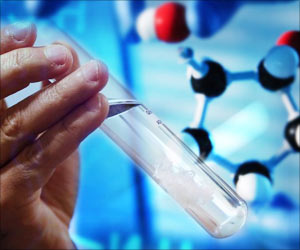What Next?
The attacks on WTC and Pentagon have made anxious onlookers throughout the world.
"Germs or Gas"?
Chemical Agents: Some chemical agents may be volatile-evaporating rapidly to form clouds of agent. Others may be persistent. These agents may act directly on the skin, lungs, and your membranes or be absorbed through your skin or lungs causing injury.
While some toxic agents are commercially available and can be dispersed with a simple truck, others are more technically challenging.
Hydrogen Cyanide: An agent, which is absorbed in the blood, used worldwide to manufacture acrylic polymer, reportedly used during the Iraq-Iran war.
Sarin: A nerve agent developed during world war 2, It causes respiratory death. This was used by Japanese cult organization, which had taken many lives.
Mustard gas: This can prove very fatal when inhaled. It was used during the first world war. Difficult to obtain.
Phosgene: It is considered dangerous as it causes choking and accounted for 85% deaths during first world war.
Soman: One of the nerve agents, made by USSR chemical arsenal.
CS: Most internationally used tear gas, which can be fatal when inhaled in high concentrations.
Biological Agents: Certain viruses, bacteria and toxins could be used as weapons, though most are difficult to be processed into lethal forms.
Anthrax: It is an infectious disease most likely be spread by aerosol. This causes respiratory failure and death and antibiotics help only when given early.
Small pox: Highly contagious virus strain which was eradicated in 1977. Officially available in 2 labs in US and Russia. This is hard to grow and dispense.
Cholera: This occurs due to water contamination and can be treated with antibiotics.
Botulinum: These are not contagious but the toxin can lead to respiratory failure and death. This is hard to grow or make it a weapon.
Plague: This is possibly delivered through vectors or fleas or by aerosol.
Radioactive Agents: Terrorists could resource smuggled nuclear materials to make crude bombs but radioactive release is much easier.
Plutonium: This material has the capability to undergo fission hence used in nuclear weapons.
Cobalt: Use in medical laboratories; relatively easy to smuggle and dangerous.
Uranium235: This is also a fissile material which is used in making weapons. Can be very dangerous. |
What is the possibility of an attack?
There are precedents to look at. In 1995, the AUM Shinrikyo sect successfully released sarin - a chemical agent - in the Tokyo subway and killed 12 people and injured several thousand more. So, a chemical attack is certainly imaginable.
With regard to biological agents, the situation is generally regarded to be slightly different because any group would have to overcome some fairly fundamental scientific and technology obstacles before they could use their weapon.
One would need to obtain a virulent strain of a suitable organism - many people think of anthrax. You then have to be able to produce significant quantities. You would also need to develop a mechanism to disperse this strain of the organism in sufficient quantities in an aerosolized cloud of lung-retention-sized particles.


















